

Beaucarnea is a magnificent indoor tree which many find appealing for its pony-tail leafage and its amazing elephant’s foot-like trunk.
Basic Beaucarnea facts
Name – Beaucarnea
Family – Agavaceae
Type – shrub
Height – 20 feet (6 meters) outdoors
Exposure – full sun
Soil – light, well-drained
Foliage – evergreen
Flowering – insignificant
The planting, repotting, watering and care are are all good practices that will increase its growth and protect it from falling sick.
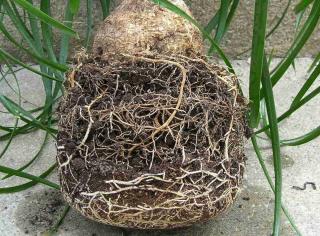
Beaucarnea abhors excess water and must be planted in a pot with a hole in the bottom together with a bed of gravel or clay beads at the bottom of the pot.
It loves a tight fit and must never be planted in too wide a pot.
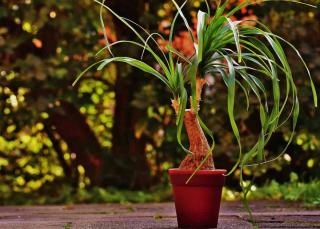 Outdoor beaucarnea will only adapt well to tropical climates.
Outdoor beaucarnea will only adapt well to tropical climates.
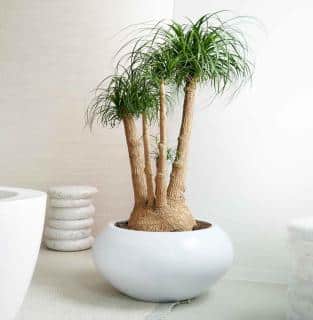
Beaucarnea loathes it when temperatures drop below 50°F (10°C) in winter.
Beaucarnea is a plant that only requires very little water. That’s why it is actually one of the easiest indoor plants to care for in terms of watering.
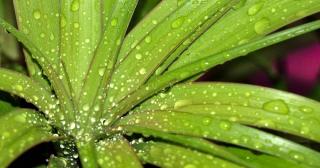 When growing potted beaucarnea, watering once a month is enough, maybe twice during extreme heat waves.
When growing potted beaucarnea, watering once a month is enough, maybe twice during extreme heat waves.If you discover cottony white clumps, there is no doubt about it: scale insects.
It is then important to treat immediately because a major mealybug invasion your spell death for your beaucarnea and might even spread to other plants in your house or apartment.
Beaucarnea is native to Mexico and is particularly at ease in dry, arid soil.
It is particularly well suited to growing indoors, but you can bring it out from May to September to let it breathe fresh air.
It loves feeling cramped and so it doesn’t need huge pots or garden boxes.
Beaucarnea has a very slow growth, which makes it an ideal indoor plant in our climates.
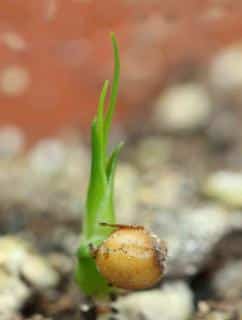
When it’s particularly healthy, it will produce offshoots. These appear around the base of the trunk, at the crown. Wait until a handful of leaves have formed, and carefully dig away around the offshoot. When you can see it clearly, cut the bulblet free from the mother plant with a sharp knife. Take care to keep roots whole on the offshoot.
Seeds are also usually fertile and germinate well. However, the plant only ever flowers outdoors in its natural environment.
When watering, best to use water at room temperature instead of cold tap water, because any temperature difference will put your beaucarnea in shock.